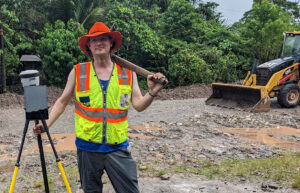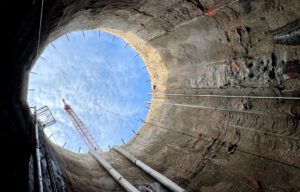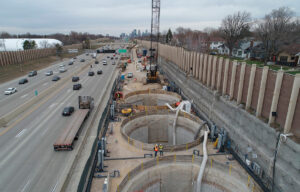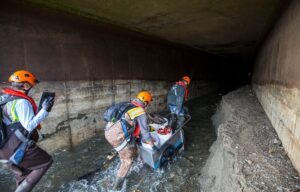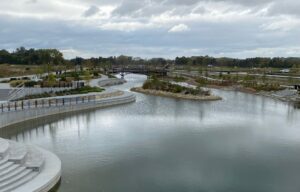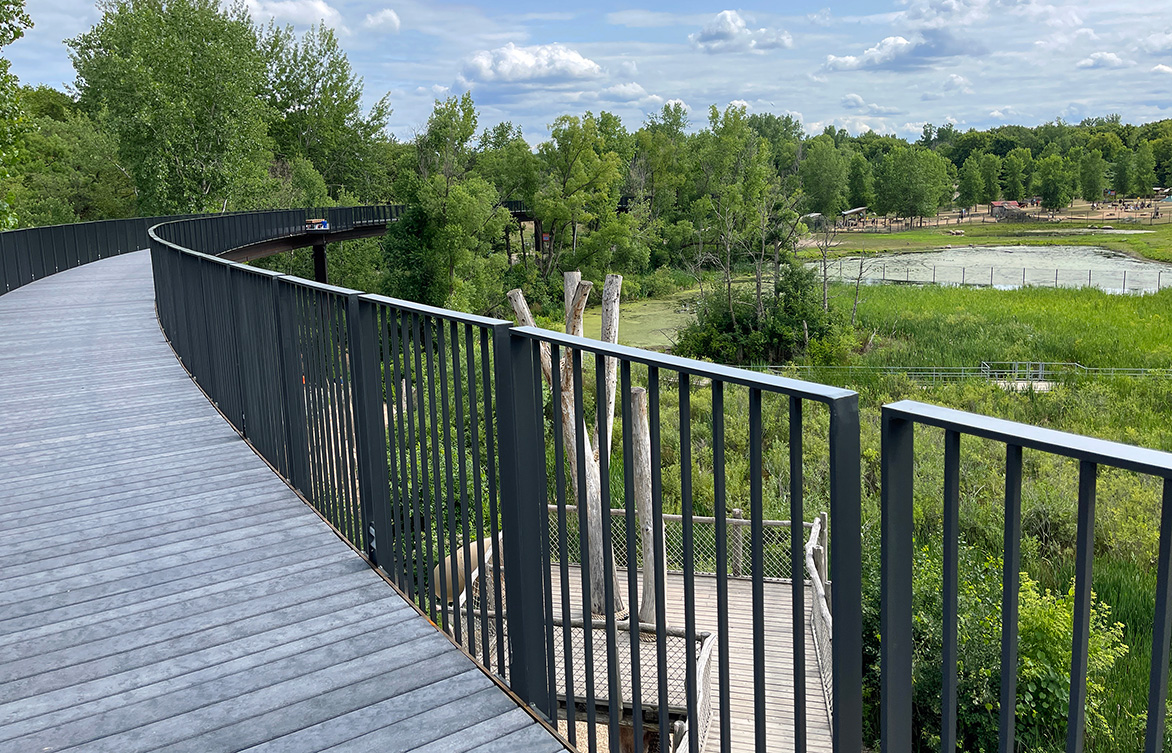 The Minnesota Zoo’s Treetop Trail is the world’s longest elevated pedestrian loop.
The Minnesota Zoo’s Treetop Trail is the world’s longest elevated pedestrian loop.
A zoo with a view: Treetop Trail opens
Located on 485 wooded acres in the suburban Twin Cities, the Minnesota Zoo affords large outdoor spaces for many of its animals. The challenge for visitors is catching glimpses of the animals in these exhibits. A monorail that began operation in 1979, a year after the zoo opened, provided a bird’s eye view along the zoo’s Northern Trail. Declining ridership and increasing maintenance costs led the zoo to close the monorail in 2013, although its track was left standing.
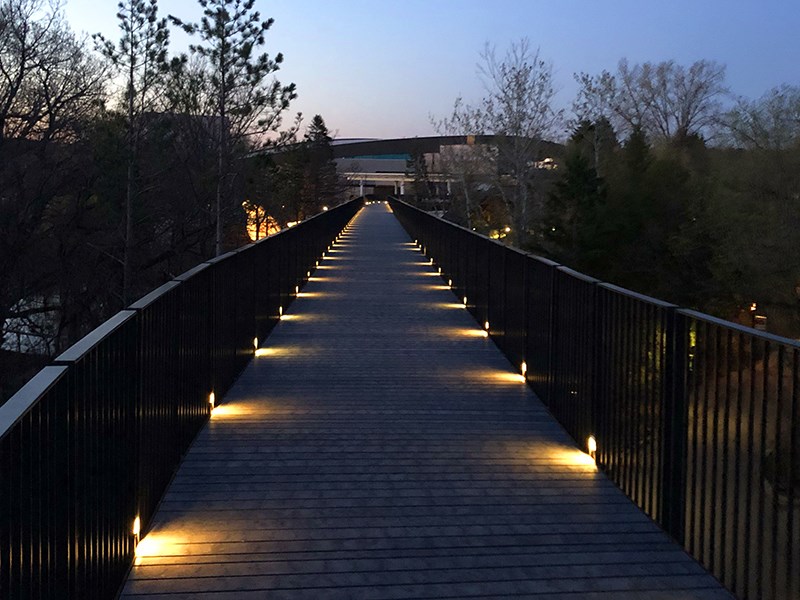
Inspired by the High Line, a park located on a former elevated freight-rail line in Manhattan, the zoo set out to repurpose the monorail structure into a unique attraction for guests. The zoo hired a team led by Snow Kreilich Architects, which asked Barr to assist with wetland delineation and permitting; civil, stormwater, and electrical engineering; and support for SITES certification, which recognizes the project’s use of sustainable and resilient landscapes.
The result is a 1.25-mile trail—the world’s longest elevated pedestrian loop, according to zoo staff—within the canopies of the site’s many trees. Walking along at their own pace and stopping at the route’s many bumpout overlooks, visitors have many opportunities to see tigers, moose, bison, camels, and more while simply enjoying the natural beauty of the zoo at 30 feet off the ground.
For more information about Barr's park and public-space design services, contact our team.
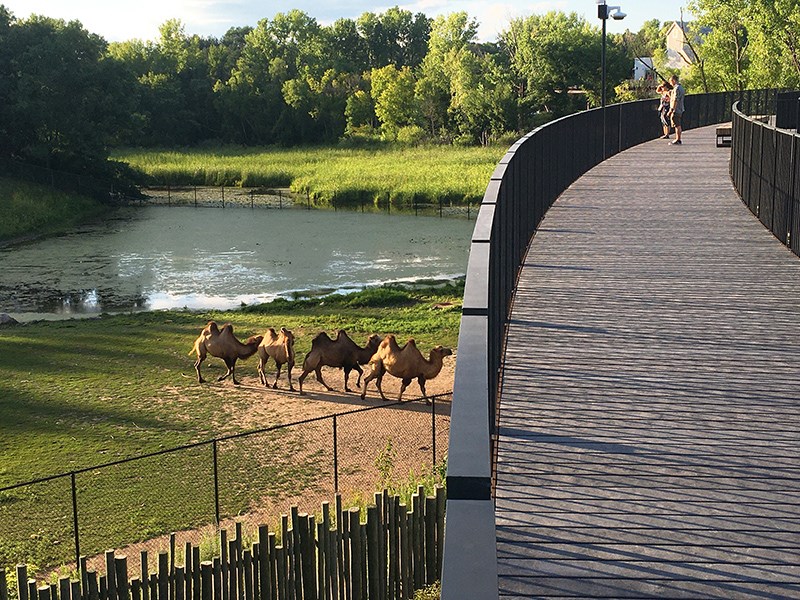
About Michelle Kimble
For more than 25 years, Michelle Kimble, senior civil engineer, has provided civil engineering to public and private clients for creative stormwater management and site development projects. Michelle manages and designs green infrastructure retrofits and erosion-control best management practices.



